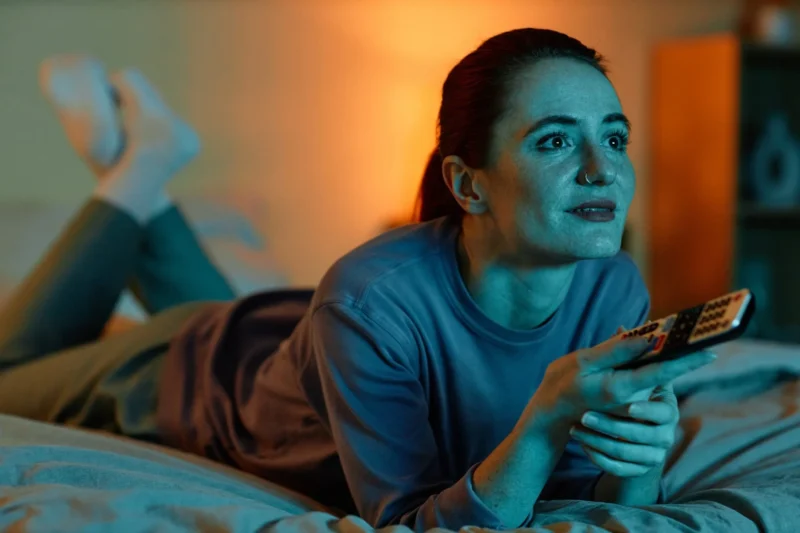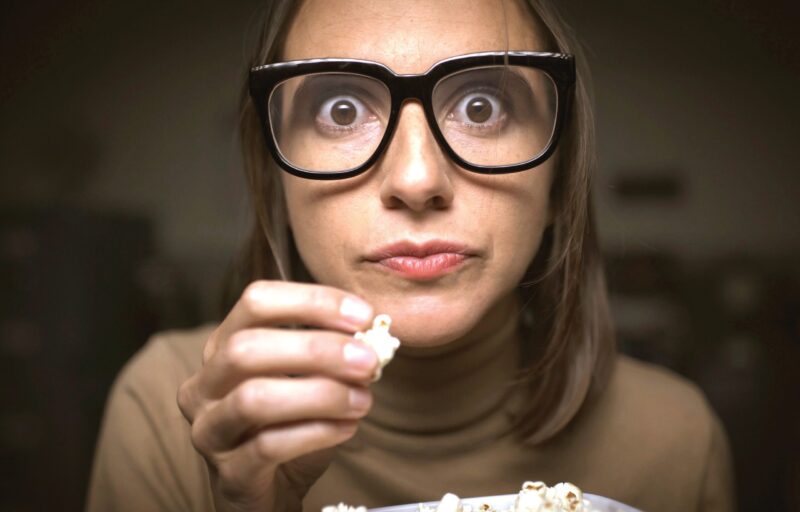Binge-watching has gone from being a rare indulgence to a regular part of our entertainment routine. Instead of waiting a whole week for the next episode, we can now watch entire seasons or movie series in one sitting. This shift has changed not just how we watch, but also how movies and shows are made.
Thanks to streaming platforms like Netflix, Disney+, and Amazon Prime, it’s easier than ever to watch as much as we want, whenever we want. Binge-watching has become a popular way to escape, relax, and dive deep into our favorite stories, and there are countless options available if you’re looking to watch tv series.
Why Binge-Watching Is So Addictive

Ever felt that irresistible pull to watch “just one more episode”? That’s no accident. Binge-watching taps into some powerful psychological mechanisms, making it incredibly hard to stop once you start.
Dopamine Rush
Watching a thrilling show or a gripping movie releases dopamine, the brain’s pleasure chemical. Each cliffhanger or dramatic twist gives us a hit, making us crave more.
Narrative Transportation
When you’re engrossed in a story, you’re transported into the characters’ world. This experience can be immersive and satisfying, offering an escape from everyday stress and worries.
The Completionist Effect
Humans have an innate desire to finish what they start. This “completionist” mindset makes us want to get to the end of a show or movie series, even if it means staying up way past bedtime.
Social Currency
Being up-to-date with the latest shows gives us something to talk about. It’s a form of social currency—nobody wants to be left out of the conversation when everyone’s talking about the shocking ending of the latest hit series.
The Effects of Binge-Watching

The Benefits of Binge-Watching
- Emotional Satisfaction: Watching multiple episodes allows for deeper emotional engagement. You get to experience the story arc more intensely, leading to a richer, more satisfying experience.
- Enhanced Storytelling: Binge-watching lets you appreciate complex narratives and character developments that might be missed with week-to-week viewing. Subtle details and long-running themes are easier to pick up on when you’re watching in a shorter timeframe.
- Convenience and Control: One of the biggest draws of binge-watching is the control it gives viewers. You can watch whenever you want, pause whenever you need to, and choose your own pace. It’s the ultimate in personalized entertainment.
The Downsides
But it’s not all sunshine and cliffhangers. Binge-watching, like any good thing, has its downsides:
- Sleep Deprivation: The “just one more episode” syndrome is real and can lead to serious sleep deprivation. Staying up late to finish a series can mess with your sleep schedule, leaving you groggy and unproductive the next day.
- Social Isolation: While binge-watching can be a great way to unwind, it can also lead to isolation if it becomes your main form of social interaction. It’s easy to get so wrapped up in a show that you neglect real-world relationships.
- Mental Health Impacts: Studies have shown that excessive binge-watching can lead to feelings of depression and anxiety. It’s often used as a way to escape from problems or stress, but too much screen time can actually exacerbate these issues.
Finding a Healthy Balance

The key to enjoying binge-watching without the drawbacks is moderation. Here are a few tips to keep your viewing habits healthy:
Set Limits
Decide in advance how many episodes you’ll watch in one sitting and stick to it.
Take Breaks
Get up, stretch, and do something active between episodes.
Watch with Friends
Sharing the experience with others can make it more social and less isolating.
In Summary
Binge-watching has become the new normal for movie fans, transforming how we consume and interact with content. Whether watching a movie on your phone or streaming an entire series on your TV, it’s a habit that offers both incredible satisfaction and potential pitfalls. As streaming platforms continue to innovate and push boundaries, it’s clear that binge-watching isn’t just a fad—it’s here to stay


